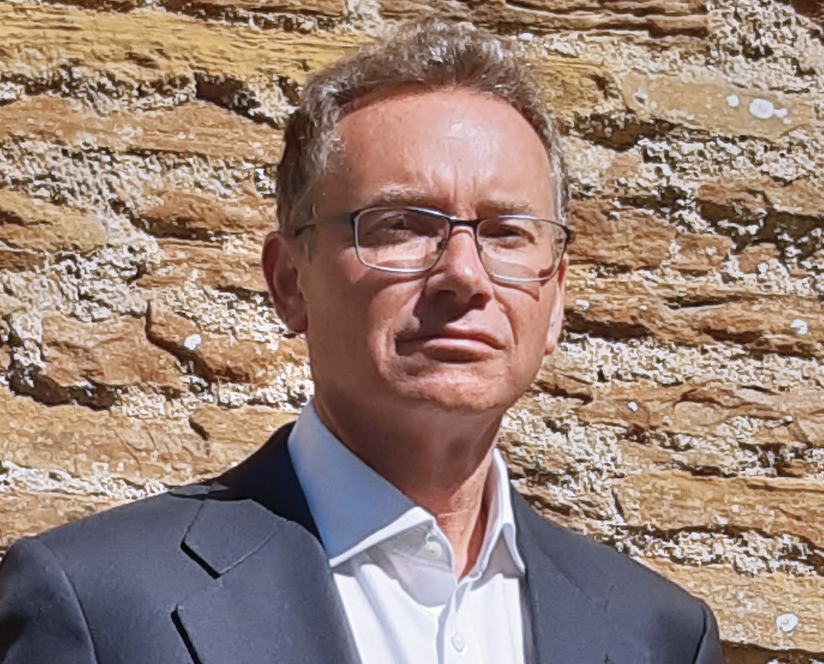Not all leaders-turned-writers stand the test of time, but there’s plenty to learn from those with experience at the very top of business
Where do you get your ideas from in business, and who do you believe? Perhaps you turn to research from consulting houses. Maybe you draw insights from the intellectual and methodological rigour of business schools. Or maybe you take inspiration from the example of highly successful business leaders, relying upon their reputation for success. Yet such reputations can be ephemeral.
Ten years ago, Jack Welch, chief executive of General Electric and author of Winning, had a huge following, especially in the United States. But in subsequent years, his credibility was diminished by GE’s unravelling. (His approach was also mostly applicable to corporations in the US and perhaps less useful elsewhere.) Maybe this has made us more wary of trusting the insights of corporate leaders.
But is this fair, especially when it comes to insights about a practice like leadership? After all, how much trust would you put in a tennis coach who had never played competitively, but had only studied data on tennis? Practitioners should be an important part of the mix. The writings of a successful leader, like John Adair from an earlier generation, are surely still worth reading.
Add the name Douglas R Conant, who has made a thoughtful and readable contribution with The Blueprint, to this list of those worth reading. He has an excellent record of leadership at Nabisco Foods, Campbell Soup Company and Avon Products – and has written a leadership manual that deserves to be read widely.
Conant’s premise is that leaders must look inwards before they can become effective in motivating others to deliver business success. We need to be authentic, and we are all different – so we need to develop our unique leadership styles. The first third of the book takes the reader through a series of exercises to identify their motivations, values and unique leadership practices. They are reinforced by cycles of reflection, study, planning, practice and improvement.
The rest of the book is about more broadly-applicable leadership approaches. Some could be found in leadership treatises of 1,000 years ago, such as the importance of integrity and the need to practice courage. Others – such as the need for humility, caring for the welfare of those you lead, the need for fun, promoting organizational learning – are more modern, and are given emphasis.
Conant stresses the need to identify and regularly deploy simple practices. It is what you do that counts. For example, if you want to be a better listener and support your direct reports, make a habit of starting conversations with “How can I help?” If you want to recognize the work of individual team members, a handwritten note acknowledging their precise contribution is highly motivational.
But Conant is no soft touch. He tells of letting go 300 of 350 top executives
at Campbell Soup for being unwilling to embrace a learning culture. According
to Conant, leadership is not about process; it is all about delivering results
through people.
Overall, Conant is adamant that leadership is a practice that can be learned. It is hard work, and a lifelong journey of learning – and, he adds in a revealing final point, it is demanding, and stressful. At the highest level, leadership is not about yourself but service to others. Just wanting to be ‘top dog’ is not good enough. If you have the wrong motivations or the wrong temperament, you should reconsider whether leadership at the highest level is for you. It may be better for you and those around you if you applied your talents in some other area.
But if you do have the mindset and capacity to reach the heights of leadership, Conant has plenty of experience and ideas worth learning from.

